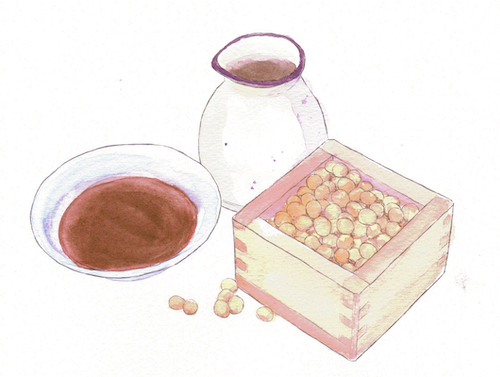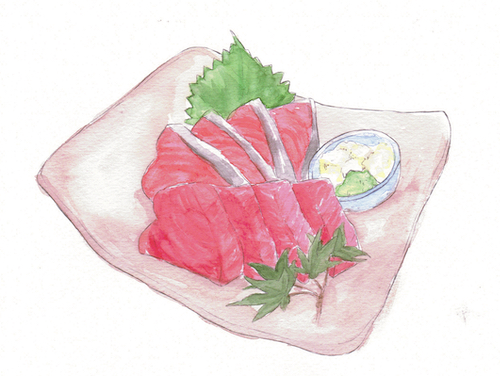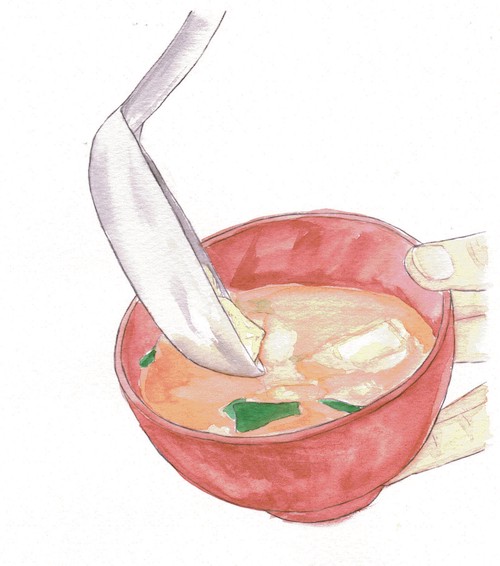
The secret of soy sauce, dashi, sake, and miso
The seasonings for traditional Japanese food are usually quite simple: soy sauce with a bit of grated ginger, or soup with miso paste and a bit of wakame in it. In recipes, the ingredient list tends to only be a few lines long and the directions can be pared down to just a few statements.
- Sashimi: a plate of sliced raw fish served with soy sauce and wasabi.
- Hiyayakko: a dish of chilled tofu served with hijiki, chopped green onion, and some soy sauce.
- Miso soup: a bowl of miso paste, wakame, and some cubed tofu.
It became increasingly apparent to me that Japanese cuisine is about skillfully using a few key ingredients for savoriness: soy sauce, dashi, sake, and miso (mirin is sake with sugar, mentsuyu is soy sauce with dashi). Almost every recipe uses at least one of them, if not several of them in combination.
Why is that? Turns out they’re standard ingredients for a reason: All of these seasonings go through some sort of fermentation process that makes them very rich in umami.

Umami makes simple dishes taste complex
Umami is described as “savoriness,” one of the five basic tastes in food. In science, this savory flavor is referred to as the taste of glutamate. The term umami (旨味) is composed of the two characters 「旨」, which means delicious, and 「味」, which means taste. It was first proposed in 1908 by Japanese chemist Kikunae Ikeda, but its existence was not widely accepted by the scientific community until 1985.
But despite that, umami has been applied in cooking for centuries: Fermented fish sauces were common in ancient Roman cooking, and fermented barley sauces were popular in medieval Byzantine and Arab cuisine — both condiments that are rich in glutamate, the source of umami.
Traveling from Europe all the way across Asia, fermented ingredients eventually made their way to Japan and inspired soy sauce, dashi, sake, and miso — classic Japanese seasonings that are rich in umami flavors.
- Soy sauce is derived by fermenting wheat and soybeans together, a process that allows the umami flavors to deepen with the salty brine.
- Dashi is a very thin and clear broth of katsuobushi and kombu kelp. Katsuobushi is bonito that is fermented with bacteria and then dried and later shaved down into flakes. The kombu kelp, while not fermented, is a sea vegetable that is naturally very rich in umami and compliments the dashi well.
- Sake is a Japanese alcoholic beverage made by fermenting rice. It has been polished to remove the bran, which is why it appears clear like water. There are several kinds of sake, usually ranging from 11–18% alcohol content, and can be either mild and fruity or very rich and crisp.
- Miso paste is made through the crushing and fermentation of soybeans, for anywhere from a few days to three years. There are several types of it, but they generally are categorized as red, white, and mix miso.

Tasty vegetable dishes made easy
By simply adding ingredients that are rich in umami like soy sauce or sake, we can avoid having to rely on heavy seasoning to enhance savoriness. A dash of soy sauce or a spoonful of miso paste — something rich in umami can make all the difference in the flavor of our foods.